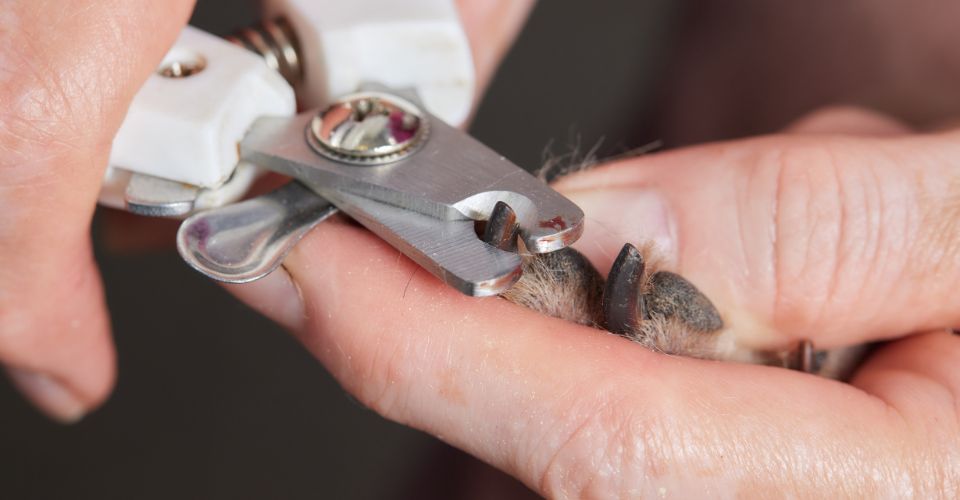What is the one thing you can love more than chocolate? Well, your dog for sure. Dogs have been living with humans as loyal friends for a very long time now. They are our cuddly companions, the silent listeners to our late-night conversations about life and our company in the lonely times.
There are also a lot of mental and physical benefits to owning a dog. Apart from being a good company and a loyal friend, a dog keeps you active. It is also believed that these canine companions keep your blood pressure normal because they have a calming effect. They love us unconditionally, providing company and comfort to people who live alone or have been recovering from some trauma.
But keeping a dog as a pet is a real hard work because they are dependent on us for their survival. They need to be looked after and tended proper care to, taken out for walks in the morning and evening, given food on time, and trained with love and care. In many parts of the world, it is a tradition to give a bar of chocolate to someone as an act of love and care, but this can be potentially harmful, even life-threatening, for your dog. So, the question is, ‘why is it harmful to feed chocolate to your dog?’ or ‘how much chocolate can kill a dog?’
What Makes Chocolate Harmful for a Dog?
The main ingredient in a bar of chocolate is cocoa. Cocoa beans contain caffeine and another chemical compound, Theobromine, which is the real risk for your dog. When we eat chocolate, it gives us a buzz for a maximum of 20 – 30 minutes, but for dogs, it is present in their system even after 17 hours.
According to the Medicine Net website, “20 ounces of milk chocolate, 10 ounces of semi-sweet chocolate, and just 2.25 ounces of baking chocolate could potentially kill a 22-pound dog. Serious toxic reactions can occur with ingestion of about 100 to 150 milligrams of Theobromine per kilogram of body weight.”
That means:
- For a 9-pound dog, consuming 1 ounce of baking chocolate, 3 ounces of semi-sweet chocolate, or 9 ounces of milk chocolate can become toxic, and he would start to show signs of toxicity in 6 to 12 hours.
- For a heavier dog, say a 27-pound dog, symptoms of toxicity may start to appear after eating 3 ounces of baking chocolate, 9 ounces of semi-sweet chocolate, and 27 ounces of milk chocolate.
- For a dog weighing 63-pound or more, consuming 7 ounces of baking chocolate, 21 ounces of semi-sweet chocolate, or 63 ounces of milk chocolate can become toxic.
Signs of Chocolate Toxicity
Now, after knowing how much chocolate can kill a dog and the types of chocolates that are most toxic for your canine companion, it is essential to know what signs to look for after you find out your dog has consumed chocolate.
The signs of chocolate toxicity generally appear 6 to 12 hours after your dog has consumed it and may last up to 72 hours. These signs and symptoms include:
- Diarrhea
- Increased thirst
- Panting
- Vomiting
- Agitation
- Frequent urination
- Shaking and trembling
- Seizure
- Abnormally increased heart rate
- Heart attack
- Collapse and death.
Read: Can Dogs Eat Tortillas?
What to Do When Your Dog Eats Chocolate?
If you think your dog has eaten a stash of chocolate or some leftover chocolate cake, call a vet immediately and seek their advice. They will ask you about your dog, the amount of chocolate consumed, its type, and also your dog’s weight. Most often, they will ask you to keep a check on your dog and monitor him for any signs of toxicity. They will ask you to call them back if the dog’s condition deteriorates.
Depending on the time passed, your vet may ask you to bring the dog to the vet’s clinic. If the dog has had the chocolate less than two hours ago, there is a chance the vet will induce vomiting to flush out the toxins before they get absorbed into the bloodstream. If the toxicity has already reached a dangerous and worrying level, the vet may give IV fluids or medications to prevent the toxins from spreading further and to safeguard the heart and other vital organs. If the dog suffers from seizures, he would be kept under observation and monitored overnight in the vet’s clinic.
There are several websites that have a Chocolate Toxicity Calculator. If you are a dog owner yourself or know someone who may be worried about how much chocolate can kill a dog, you can use such applications by entering your dog’s details, such as weight, height, and the quantity of chocolate consumed. This will help you know how serious your dog’s condition is—or could be after consuming chocolate.
How to Prevent Future Incidents of Toxicity?
Now, as you and your dog may have learned the harder way about the health hazards of chocolate consumption for a dog, it is vital to make sure this doesn’t happen in the future. Some of the ways you can prevent this from happening again in the future are as follow:
- Don’t leave or store chocolate within a dog’s reach. Keep them in a closed-door pantry, in a higher cabinet, or on a shelf where the dog cannot reach. Ask the guests coming to your place to keep chocolates out of a dog’s access and not leave them on tables, countertops, in luggage, or hand-carry bags.
- Teach your children the health hazards of feeding chocolate to a dog and make sure they understand how much chocolate can kill a dog. As they wouldn’t want to harm their furry friend, they need to be extra careful around dogs.
- Teach the dog to leave things that he finds fallen on the ground. The ‘Leave It’ command is important to train your dog from the beginning, so he knows what his boundaries are and, thus, doesn’t eat something accidentally that is harmful to his health.
- Don’t give chocolate as a reward treat. Our canine friends are more than family to us, and thus we have the habit of sharing our food with them. But it is not advisable to share chocolate with them.
Unlike us humans, this sweet treat can easily become life-threatening for our pet dogs. It is always wise to share some portion of healthy food with them, such as meat.
With all this detailed information about how much chocolate can kill a dog, the cure, and the ways to avoid such incidents, we hope you will now make informed decisions for the wellbeing of your furry friends. Just as these pet dogs are loyal to us, we also need to become more responsible towards them so they can feel protected and cared for.
Explore: Dog Care and Feeding





